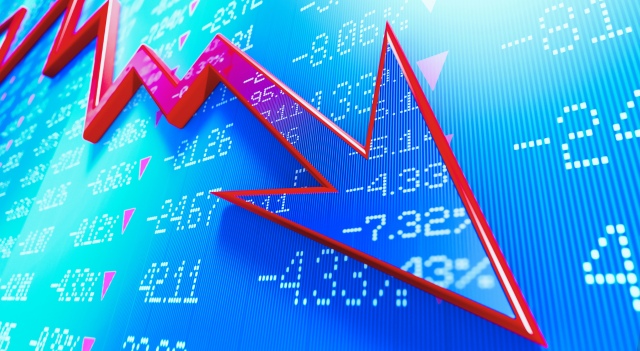Honeywell (NASDAQ:HON) came under pressure on Tuesday after Bank of America downgraded the industrial giant two notches—from Buy to Underperform—arguing that the company faces a sparse lineup of catalysts ahead of its planned Aerospace spin-off and continues to lag competitors on growth.
Shares slipped 2.4% in premarket trading as of 08:13 ET.
According to BofA, Honeywell’s ongoing portfolio overhaul has not produced the upside investors were hoping for. Neither the Solstice separation nor the recent appointment of a new Aerospace chief has meaningfully reshaped the equity narrative, the bank said.
Analysts led by Andrew Obin acknowledged that splitting the group into Honeywell Aerospace and Honeywell Automation in the back half of 2026 should sharpen operational focus, but they stressed that the journey between now and then offers few meaningful triggers to lift the stock.
“History suggests simplification creates value. The spin creates more operational focus. But the catalyst path is challenging,” the analysts wrote.
They added that the “Solstice spin and Aerospace CEO have not matched our/investor expectations,” highlighting that the absence of earnings per share growth in 2026 leaves the stock without a near-term spark.
BofA also slashed its price target on Honeywell to $205 from $265.
Growth remains Honeywell’s biggest stumbling block, the bank said. Despite deploying roughly $11 billion on acquisitions since 2023, the company’s earnings trajectory continues to trail peers. UOP—projected to represent about 9% of revenue in 2026—has been a particular weak spot. Even excluding the Solstice divestiture, analysts see Honeywell generating around 7% revenue growth next year, compared with 13% for its closest competitors and nearly 10% for the broader industrial sector.
For 2026, BofA now expects EPS of $10.61, slightly below the consensus forecast.
Margin performance has also slipped. Honeywell once enjoyed a clear margin advantage over diversified industrial rivals, but EBITDA margins peaked in 2023 and have since fallen below sector averages. BofA attributed the decline to weaker profitability in Aerospace, Industrial Automation, and Energy & Sustainability Solutions. Even though contract repricing should support results in 2026 and 2027, reinvestment needs and choppy end markets are keeping margin expansion in check.
Meanwhile, the Solstice spin-off has yet to unlock meaningful equity value, with the newly separated business trading at around 7.5× EV/EBITDA and Honeywell’s shares continuing to see multiple compression.
The analysts also said investors had hoped for more disruptive leadership in Aerospace. While Jim Currier and Craig Arnold are viewed as stable choices, BofA believes the board “is comfortable with a steadier strategy,” suggesting limited upside before the spin-off occurs.
While Honeywell continues to trade at a discount to its sum-of-the-parts valuation—and the eventual split could create long-term value—BofA warned that in a market rewarding growth more than margins, Honeywell’s expected below-peer EPS performance in 2026 and 2027 leaves the stock at risk of continued underperformance.
